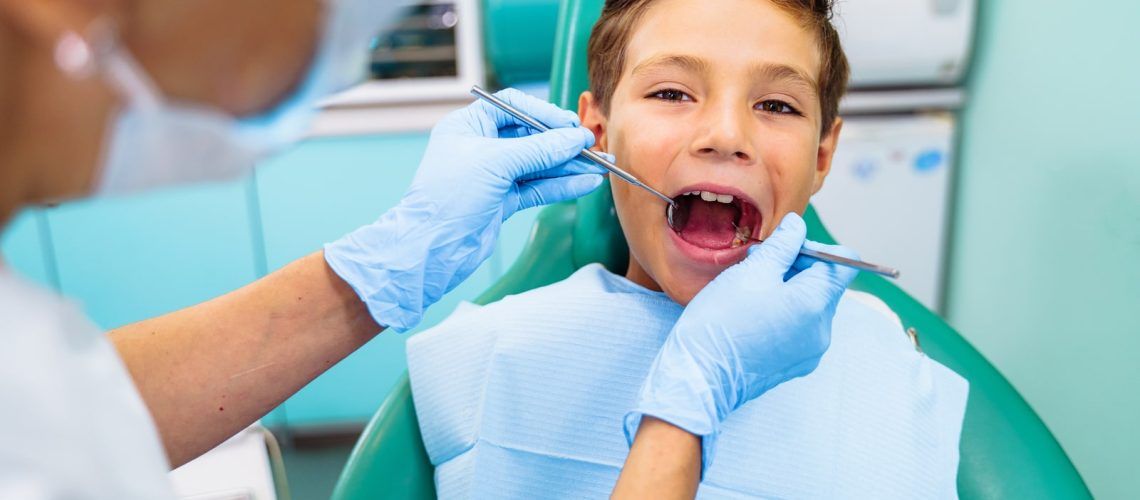You may be surprised to learn that there are times when restoration is necessary for the primary teeth. These teeth, also known as baby teeth, are the first to come in and set the stage for the adult teeth that will arrive later. When these teeth are in danger of falling out or extraction, your dentist may suggest the placement of a crown to save the tooth. Without the primary teeth staying until they naturally are pushed out, the appearance and alignment of adult teeth may be affected.
How Pediatric Dental Crowns Can Save Adult Smiles
If you’ve just learned that your child will need a dental crown, it’s time to learn about your options. As with adult crowns, your dentist can use a variety of materials to restore a primary tooth. Which type of material to use is going to depend on a number of factors, including the location of the affected tooth. Once you’ve made your decision, it’s time to start the restoration procedure.
The steps involved with restoring a tooth:
- Preparation: Prior to the crown being placed, the tooth will need to be prepared. This is done by eliminating all existing decay and shaping the remaining tooth to receive the crown.
- Impressions: The next stage requires an impression of the prepared tooth. This impression will be used to create the crown that will restore the tooth. Generally, this will be done with a bite tray filled with impression putty. This putty will solidify, creating the necessary impression. Your dentist may use special imaging software known as CDCT if your office has this equipment.
- Temporary Crown: Some clinics are in possession of a special machine for manufacturing ceramic crowns on site. If yours does not, a temporary crown will need to be placed. This will remain in place until the finished one is returned from the dental lab.
- Apply Permanent Crown: If a temporary crown is placed, your dentist will remove it at this stage. The tooth will be checked to be sure it’s prepared for placement and the crown fixed in place.
Your dentist will provide local anesthesia to ease any discomfort during the procedure. In certain instances, your dentist may offer sedation dentistry options. This is generally done when the child is suffering from dental anxiety or is otherwise unable to cooperate with the procedure.
Your child will need to refrain from eating once the permanent crown has been placed. The period they need to wait isn’t long, no more than it takes for the anesthesia to wear off. They may experience some degree of discomfort once the local sedation wears off. This discomfort may persist for up to 24 hours and is treatable with over-the-counter medication.
Make an Appointment For Your Child’s Crown
Restorations, such as dental crowns, are excellent for preserving important primary teeth. Once the crown is in place, you should ensure that your child continues performing the necessary hygiene practices at home. They should brush twice a day, use mouthwash, and floss at least once a day. You can also ensure that they have healthier snack options available to protect their teeth in the future.

